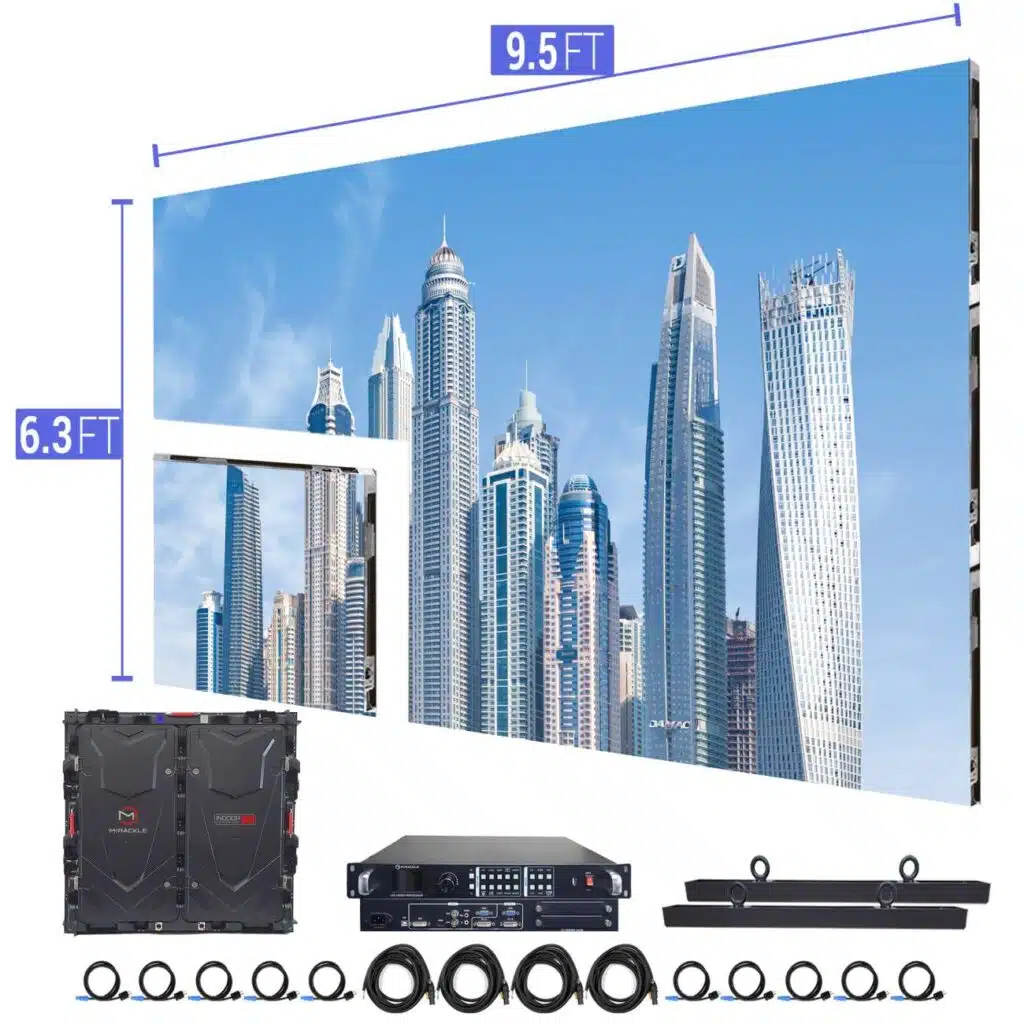Explaining Luminescent Panel Surface Luminance Evaluations for Ideal Display Effectiveness
Explaining Luminescent Panel Surface Luminance Evaluations for Ideal Display Effectiveness
Blog Article
LED wall panels are more and more popular across various settings, including homes and businesses as well as public spaces. These panels tend to be known for their vivid as well as dynamic displays, that make these ideal for conveying data, ads, as well as engagement. Nevertheless, comprehending brightness brightness measurements of LED wall panels remains essential for ensuring optimal display performance. Illumination can be measured using metrics known as nits, that show the amount of luminosity is emitted from the panel. The higher the number of nits, the brighter more luminous a visual is. For, instance, a screen with 1,000 candelas stands considerably more vivid than one with 500 candelas, rendering this one better equipped for brightly lit environments.
As you selecting an LED wall screen, it becomes crucial in consider the setting in which the screen will be placed. For brightly lit areas, such as retail environments and open-air locations, higher higher brightness rate becomes necessary to ensure clarity. On the other hand, in dimmer settings, such as cinemas or meeting spaces, lower diminished illumination rate might be adequate. This excessive because unnecessary luminosity in a dark environment can lead to discomfort for the audience, causing them harder to concentrate on the display. Therefore, understanding the specific requirements of an installation location will aid with selecting a suitable illumination rate to ensure ideal viewing experience.
Another important element for take into account the contrast differential proportion in an LED panel panel. The contrast ratio indicates how much disparity exists between the brightest most luminous white versus the darkest black shade which a original site screen is able to create. An higher contrast proportion means that the display can show more detail as well as richness, thereby improves overall image quality. For instance, a panel with a differential proportion at 10,000:1 is able to display images with more brilliant hues as well as sharper features compared to one with a proportion at one thousand to one. Such becomes especially important in instances where showing visuals and motion graphics which require high clarity as well as fine details, such as slideshows and advertising content.
Moreover, the mechanism that drives Light Emitting Diode wall panels plays a crucial part for their brightness and overall efficiency. Various kinds of LED technologies, including Organic Light Emitting Diode and LCD, possess distinct traits which affect how brightness is experienced. Organic Light Emitting Diode screens typically offer superior differential as well as darker blacks, thereby may improve a visual experience within dim settings. On the other hand, traditional LED screens might be more suitable for well-lit spaces due to their capacity for generate higher levels in brightness. Comprehending such technological blog here variances can guide users to deciding on knowledgeable choices based on their specific needs.
In conclusion, consistent maintenance and adjustment for LED wall screens may help maintain ideal brightness as well as efficacy over time. Dust as well as particles can accumulate in a surface, affecting its illumination and sharpness in the display. Regular washing and expert adjustment can ensure that panel panel operates in top best, offering consistent image clarity. Moreover, some sophisticated Light Emitting Diode wall panels feature with built-in features that enable users to modify illumination levels as well as hue adjustments according to their wants. Through implementing such steps, users will ensure the their Light Emitting Diode wall screens deliver an best display efficiency, no matter where environment where which they are used.